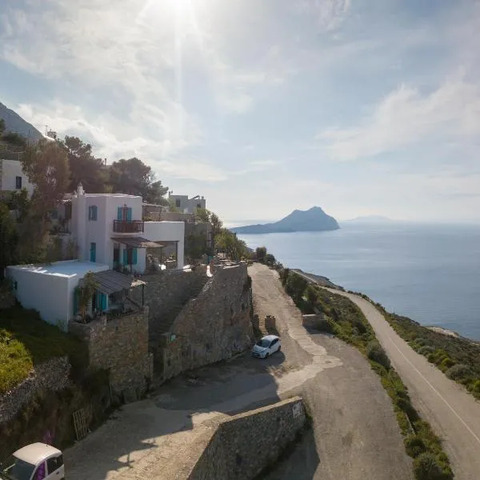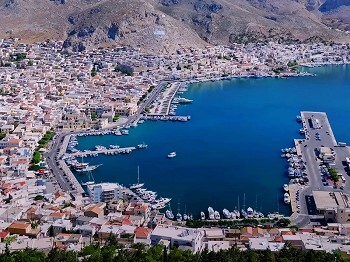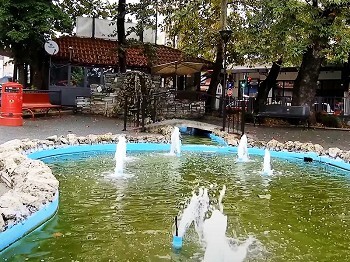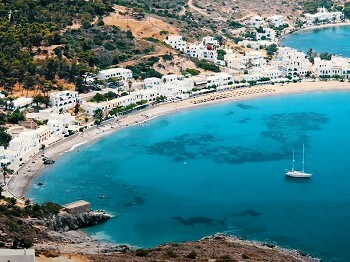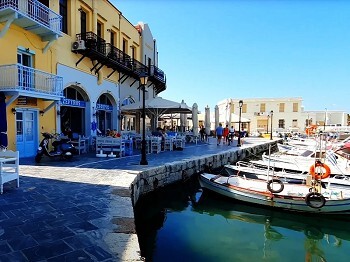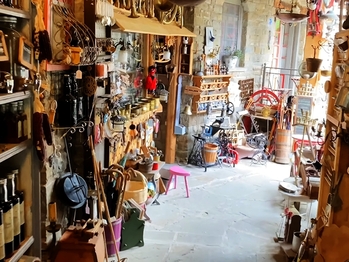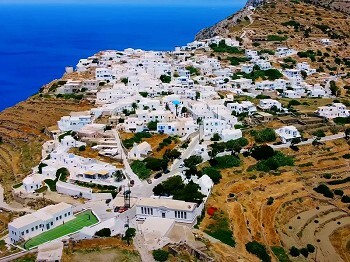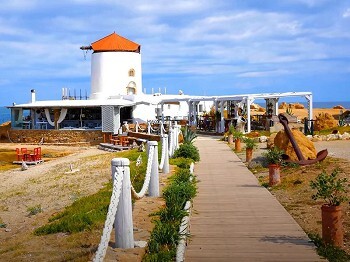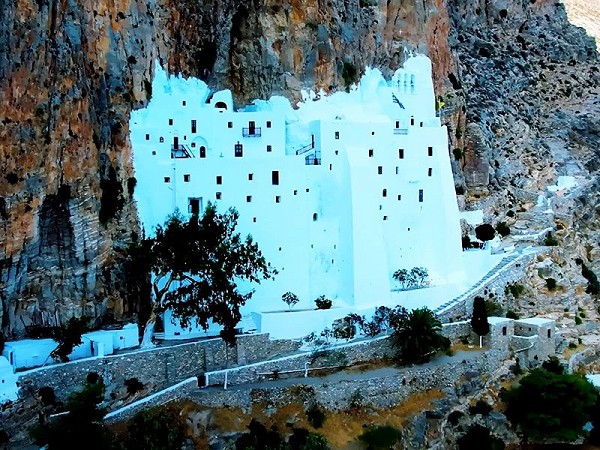
Amorgos Island, a captivating destination in Greece's Cyclades archipelago, is renowned for its stunning landscapes and rich cultural Heritage. From ancient Ruins to medieval Monasteries, the island offers a plethora of historical sites that promise to enchant history buffs and casual travelers alike. In this comprehensive guide, we’ll explore the most intriguing historical Landmarks on Amorgos Island, providing you with all the information you need to make the most of your visit.
We suggest for your stay:
Still Looking for the Perfect Stay?
1. The Monastery of Hozoviotissa
Perched precariously on a cliffside, the Monastery of Hozoviotissa is one of Amorgos's most iconic Landmarks. Built in the 11th century, this Monastery is dedicated to the Panagia Hozoviotissa, a revered Icon of the Virgin Mary. The structure is a marvel of Byzantine Architecture, featuring a series of narrow corridors and chapels that blend seamlessly with the rugged terrain. The breathtaking Views of the Aegean Sea from the monastery’s terraces make it a must-visit site for anyone interested in religious history and stunning vistas.
2. The Ancient Ruins of Minoa
The ancient Ruins of Minoa, located near the village of Katapola, offer a fascinating glimpse into the island’s prehistoric past. Minoa was once a thriving Minoan settlement, and the Ruins include remnants of ancient houses, Pottery, and a well-preserved cemetery. Archaeological findings suggest that Minoa was an important trading hub in antiquity. A visit to these Ruins provides a unique opportunity to walk through history and imagine what life might have been like during the Minoan era.

3. The Venetian Castle of Chora
Dominating the skyline of Amorgos’s capital, Chora, The Venetian Castle is a striking example of medieval fortifications. Constructed by the Venetians in the 13th century, the castle was built to defend the island from pirate attacks and rival forces. Today, visitors can explore the castle’s Ruins, including its defensive walls, towers, and the remnants of its former buildings. The panoramic Views of Chora and the surrounding countryside from the castle’s vantage points are absolutely spectacular.
4. The Church of Agios Georgios Valsamitis
The Church of Agios Georgios Valsamitis, located in the village of Valsamitis, is a notable site for its historical and architectural Significance. This church, dating back to the 17th century, is renowned for its unique Frescoes and intricate Woodwork. The church also serves as an important religious center for the local community. Visitors can admire the detailed Artwork and Experience the serene Atmosphere of this charming church.

5. The Ancient Theater of Amorgos
Situated near the village of Arkesini, The Ancient Theater of Amorgos is an important archaeological site that offers insights into the island’s ancient cultural life. Though partially restored, the Theater still retains its original layout and seating arrangements. It’s believed to have been used for dramatic Performances and public events during the classical period. A visit to the Theater provides a glimpse into the island’s artistic Heritage and allows for a deeper understanding of ancient Greek society.
6. The Byzantine Church of Panagia Epanochorianis
Located in the village of Epanochorio, The Byzantine Church of Panagia Epanochorianis is a hidden treasure with a rich historical background. This church, dating back to the 12th century, features remarkable Byzantine Frescoes and intricate Iconography. The church’s Architecture reflects the typical style of the era, with a simple yet elegant design. The peaceful Setting and Historical significance make it a worthwhile stop on your journey through Amorgos.
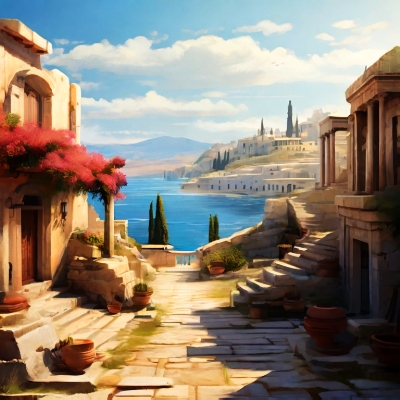
7. The Archaeological Museum of Amorgos
For those interested in a broader view of Amorgos’s history, The Archaeological Museum of Amorgos in Chora is an essential visit. The museum houses an impressive Collection of Artifacts from various periods of the island’s history, including Pottery, Sculptures, and tools. The Exhibits offer valuable insights into the island’s ancient civilizations and provide context for the historical sites you may visit during your stay.
8. The Old Windmills of Amorgos
Scattered across the island, the old Windmills of Amorgos are a testament to the island’s agricultural history. These traditional structures, used for grinding grain into flour, are beautifully preserved and offer a glimpse into the island’s past. Many of the Windmills are still functional and can be visited, providing an opportunity to learn about the traditional methods of farming and milling that were once Central to Amorgos’s economy.

9. The Byzantine Monastery of Panagia Tsimeni
Nestled in the hills near the village of Tholaria, the Byzantine Monastery of Panagia Tsimeni is a peaceful retreat with significant historical value. Established in the 9th century, this Monastery is dedicated to the Virgin Mary and features an impressive Collection of religious Artifacts and manuscripts. The tranquil Setting and historical Ambiance make it a serene spot for contemplation and Exploration.
10. The Cave of the Apocalypse
Though not a traditional historical site, the Cave of the Apocalypse holds a unique place in Amorgos’s cultural Heritage. Located near the village of Langada, this cave is believed to be the inspiration for the biblical Book of Revelation, as Saint John is said to have received his visions here. The cave is an important Pilgrimage site and offers a fascinating perspective on the island’s religious history.

Conclusion
Amorgos Island is a treasure trove of historical sites, each offering a unique glimpse into the island’s rich past. Whether you're exploring ancient Ruins, admiring Byzantine Architecture, or learning about traditional Windmills, Amorgos promises a memorable journey through history. Plan your visit to these remarkable sites and immerse yourself in the captivating story of Amorgos Island.

